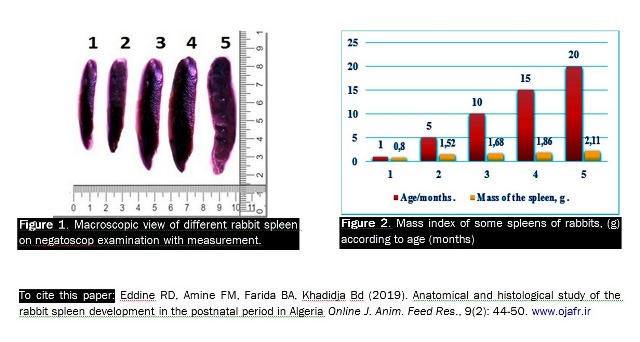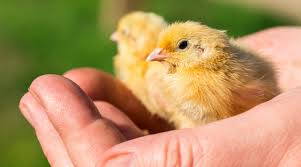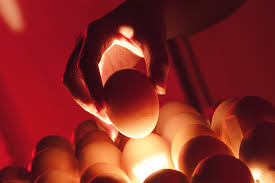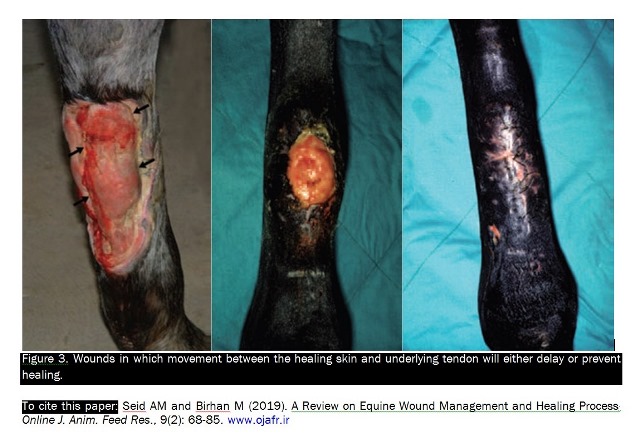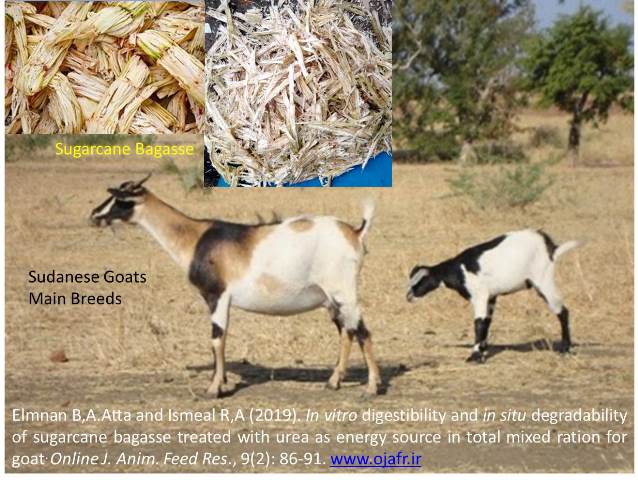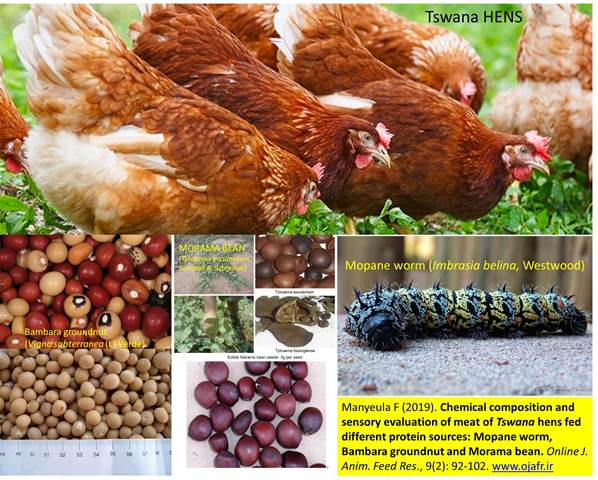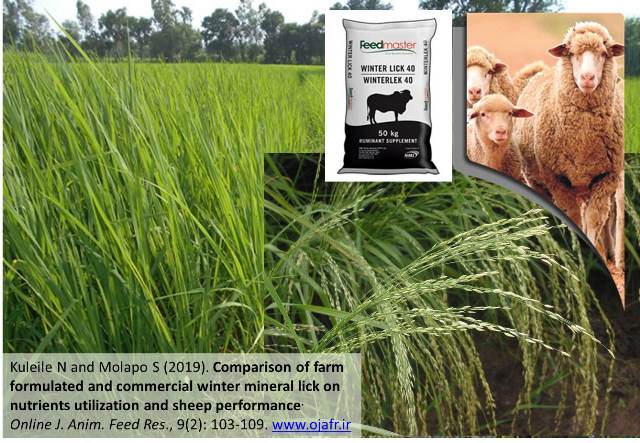Previous issue | Next issue | Archive
Volume 9 (2); March 25, 2019 [Booklet]
Anatomical and histological study of the rabbit spleen development in the postnatal period in Algeria.
Eddine RD, Amine FM, Farida BA, Khadidja Bd.
Online J. Anim. Feed Res., 9(2): 44-50, 2019; pii: S222877011900007-9
Abstract
Our research describes the morphological and histological changes of the rabbit's spleen; local breed of eastern Algeria. In general, the spleen has a rectangular shape with a triangular section, rounded edges, more or less ridged, the surface is smooth, the color is brownish red becomes dark red with age, the capsule and the parietal surface are shiny and smooth. His organ measurement and mass parameters are given. Particular emphasis placed on its microstructure; especially on changes occur during development. Parenchyma histological composition analysis performed using statistical methods. Twenty-month-old rabbits known to have follicles with mantle strongly developed, parenchyma’s quantitative analysis components showed significant changes.
Keywords: Capsule, Follicles, Lymphoid, Parenchyma, Rabbit, Spleen.
[Full text-PDF]
Detection of antibodies against Newcastle and infectious bursal disease on chicken in north Gondar zone, Ethiopia.
Birhan Mas., Birhan Mal., Tesfaye Sh, and Tariku A.
Online J. Anim. Feed Res., 9(2): 51-58, 2019; pii: S222877011900008-9
Abstract
Infectious Bursal (IBD) and Newcastle diseases (NCD) are an acute highly contagious and destructive illness of chickens that occur almost any time of the year. In this study, we aimed to detect antibodies against NCD and IBD The study was compared a compressive investigation on the Ab detection local and exotic breed with different serological technique of Indirect-ELISA and Haemagglutination inhibition (HIT) test. In this study, a cross-sectional study design was used and applied to collect 384 serum samples from chickens which were selected by simple random sampling. Serum samples were collected from three different districts which were Dembiya, Dabark and Metema. The serum sample collections were also considered different parameters like sex, age, breed, infection, and vaccination during the data collection time. The results showed that the overall Ab detection of IBD and NCD Virus were 74.4% and 79.6% respectively. Epidemiological status of both IBD and NCD Virus of each districts were indicted Metema (72.2%, 86.0%), Dembiya (89.7%, 92.4%) and Dabark (67.2%, 69.1%) respectively. In conclusion, these research findings extend the presence of detectable antibodies to NCD and IBD in chickens, in the three districts of North Gondar Zone. As it is known Chickens’ might have been high detectable antibodies if they are either susceptible to the pathogenic or are vaccinated.
Keywords: Newcastle, infectious bursal, Antibody, Chickens, Indirect-ELISA test and Haemagglutination inhibition.
[Full text-PDF]
Effects of low temperature upon hatchability and chick quality of Ross-308 broiler breeder eggs during transportation.
Hussain A, Bilal M, Habib F, Gola BA, Muhammad P, Kaker A, Yousaf A, Khalil R.
Online J. Anim. Feed Res., 9(2): 59-67, 2019; pii: S222877011900009-9
Abstract
In current experiment n=20,000 Ross-308 broiler breeder eggs collected from 33 week old flocks were subjected to cold stress during transportation. Eggs were allocated to 4 temperature groups (treatments): 1.5 °C, 2 °C, 3.5 °C, 5 °C, and a control group, 20 °C. Each treatment had 4,000 eggs, and data were analyzed in a completely randomized design. The results of this study showed that cold stress had a significant effect on percentage of egg weight loss (P < 0.001), and minimal egg weight loss occurred in the control group. The percentage of exploders and early hatched chicks and chick weight were higher in the below 3°C temperature treatment than the other groups (P < 0.01). Cold stress had a significant effect on chick length, hatchability, and the hatching of fertile eggs (P < 0.001). The effects of cold stress on chick yield and body weight uniformity were significant (P < 0.01). The effect of cold stress on hatchery by product efficiency was significant (P < 0.001), but did not affect fertility. Cold stress also had significant effects on early (1-8 days), middle (9-17 days), and late mortality (20-21 days); total embryo mortality; and exposed brain. Ectopic viscera was significant (P < 0.001), and most mortality was observed in below 4 °C treatments. Total percentages of malpositions and deformity (P < 0.001) and egg contamination at 1-9 days (first stage) and 10-21 days (second phase) were affected by cold stress (P < 0.001). Cold stress also had a significant impact on the number of cull chicks; percent of string navel, button navel, total string, and button; omphalitis; full body cavity; red hocks; dehydration; dirty chickens; and stubby down. Cold stress affects performance during incubation and overall chick quality.
Keywords: Cold Stress, Egg Transportation, Hatchability, Chick Quality, Malposition And Deformity, Culls, Egg Weight Loss, Embryo Mortality And Contamination
[Full text-PDF]
A Review on Equine Wound Management and Healing Process.
Seid AM and Birhan M.
Online J. Anim. Feed Res., 9(2): 68-85, 2019; pii: S222877011800010-9
Abstract
Skin lacerations and other traumatic injuries of the integument are frequently seen in equine practices and range from relatively minor cuts to severe, potentially debilitating injuries. The early stages of wound healing (inflammatory or debridement stage) that are clean or clean contaminated are the best candidates for primary or delayed primary closure. Wounds that are in the later stages of healing or are contaminated or infected heal best by second intention. Management is dictated by the nature and size of the wound, the area of the body on which the wound occurs, and several aspects of wound healing. The age of the wound, integrity of the local blood supply, degree of contamination, location of the injury, skin loss, and local tissue damage must all be considered when deciding on the most appropriate method for managing a particular wound. In addition to biologic factors, the physical size of equine patients and the environment in which they are kept present unique management challenges not encountered in the treatment of soft tissue injuries in other species. Appropriate wound care is always a balance between improving the wound environment and harming the cells that are integral to the healing process. Consequently, the veterinarian must carefully weigh the benefits and the detriments of any particular action, not only for the immediate results but also for the long-term healing process. Understanding the principles and limitations of reconstructive procedures, adhering to the basic principles of equine wound management, and providing appropriate postoperative care all contribute to a successful outcome.
Keywords: Debridement, Equine, Inflammation, Management, Wound
[Full text-PDF]
In vitro digestibility and in situ degradability of sugarcane bagasse treated with urea as energy source in total mixed ration for goat.
Elmnan B,A.Atta and Ismeal R,A.
Online J. Anim. Feed Res., 9(2): 86-91, 2019; pii: S222877011800011-9
Abstract
This study was carried out to investigate the effect of replacing sorghum grains (SG) by sugarcane bagasse treated with 5% urea (SCBU) as energy source in total mixed ration. In vitro dry matter digestibility (IVDMD) and in situ DM degradability were adopted to conduct the experiment. In order to meet the nutrient requirement of goat, the following four iso-caloric and iso-nitrogenous rations were formulated: A= 0% SCBU (control); B= 2.6% SCBU replaced 10% SG; C= 5.2% SCBU replaced 20% SG; and D= 7.8% SCBU replaced 30% SG. The IVDMD was significantly (P≤0.05) affected by dietary level of SCBU which was decreased gradually with increasing SCBU levels in examined rations. Ration A gained the highest value of IVDMD (88.50%) followed by ration B (84%), C (78%) and D (74.50%). An in situ DM degradability results showed that the readily soluble fraction (a), slowly fermented material (b) and the potential degradability (PD) were significantly (P≤0.05) higher for ration A than rations B, C and D. Although DM digestibility and degradability of rations B, C and D were decreased with progress level of SCBU in the rations, the values obtained from present study might be considered within the range of moderate to high level of digestibility and degradability especially ration B which replaced 10% of SG. More research is needed to study the effect of replacing SG by SCBU regarding the nutrients intake, animal performance in an in vivo experiment and to determine its economic feasibility.
Keywords: Sorghum Grains, Bagasse, Urea, Energy, Total Mixed Ration
[Full text-PDF]
Chemical composition and sensory evaluation of meat of Tswana hens fed different protein sources: Mopane worm, Bambara groundnut and Morama bean.
Manyeula F, Tsopito Ch-M, Mogotsi K, Nsoso Sh-J, Kamau JM and Moreki JC.
Online J. Anim. Feed Res., 9(2): 92-102, 2019; pii: S222877011800012-9
Abstract
This study investigated the chemical composition and sensory evaluation of meat of Tswana hens fed diets containing mopane worm (Imbrasia belina, Westwood) or Bambara groundnut (Vigna subterranea (L) Verde) or morama bean (Tylosema esculentum, Burchell A. Schreiber) as different protein sources under intensive management system. Sixty Tswana hens (25 weeks old) were bought from a local farmer and reared up to 38 weeks of age on diets containing T. esculentum or V. subterranea or I. belina and a commercial layer diet as a control. Experimental diets met the nutritional composition of control diet. Whole thighs, drumsticks obtained from the carcasses at week 28, 33 and 38 were deboned. The thigh, drumstick meat and bone were analysed for phosphorus (P), calcium (Ca) and potassium (K) using AOAC methods. Furthermore, boiled 2 x 5 cm portions of drumsticks, breasts and thighs were organoleptically assessed for flavour, odour, juiciness, tenderness and firmness by untrained panelists (15 males and 15 females) using a 5-point Likert scale. Bone P and Ca were high in all treatment diets at 28 weeks compared to 38 weeks of age. The meat DM, CP, P, Ca and K and bone P, Ca and K contents were not significantly affected by treatment diets. Organoleptic quality from all treatment groups and across different ages received moderate (3.52) to good rating (4.13). In conclusion, Imbrasia belina (Mopane worm) or Vigna subterranea (Bambara groundnut) or Tylosema esculentum (Morama bean) can replace soybean meal in Tswana hens without compromising meat and bone chemical composition and also organoleptic qualities.
Keywords: Crude protein, Minerals, Organoleptic Attributes, Protein Sources, Tswana hens
[Full text-PDF]
Comparison of farm formulated and commercial winter mineral lick on nutrients utilization and sheep performance.
Kuleile N and Molapo S.
Online J. Anim. Feed Res., 9(2): 103-109, 2019; pii: S222877011800013-9
Abstract
This A completely randomized study with three dietary treatments was undertaken at the National University of Lesotho Faculty of Agriculture farm. The three treatments were made up of control which had no access to winter mineral lick supplement and two treated groups made up of farm formulated and commercial winter lick. All animals had access to basal diet in the form of Teff [Eragrostis tef (Zucc.) Trotter]. The main objectives of the study were to assess the influence of supplementary feeding using winter mineral lick on sheep performance and on the utilization of teff. Also to compare both farm formulated and commercial winter mineral lick on the performance of sheep and utilization oب Eragrostis tef. A total of 30 yearling sheep of similar body weight were used in this study and were housed in pairs. Dietary treatments and water were offered ad libitum while basal diet was pre-weighed on daily basis. The findings of this study indicated that dietary treatments had a significant (P < 0.05) influence on feed intake, live weight and weight gain while there were no significant (P > 0.05) difference on feed conversion ratios. The control group of animals had poor production performance than treated groups and animals were losing weight. Nutrients digestibility were statistically different amongst all the treatments whereby supplement groups had better nutrient utilization than the control group. Mean comparison test revealed that there were no significant difference between farm formulated and commercial winter mineral lick on production and digestibility parameters. Economic benefit analysis indicated that by using farm formulated winter mineral lick farmers can save up to 36% of feed costs. To further reduce the costs of farm formulated lick, there is need to consider non-conventional feeds such as brewery by-products in the formulation of lick.
Keywords: Digestibility, Eragrostis Tef, Farm Formulated, Nutrient Utilization, Winter Mineral Lick
[Full text-PDF]
Previous issue | Next issue | Archive![]()
| < Prev | Next > |
|---|

